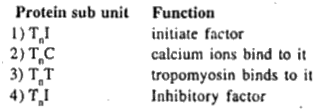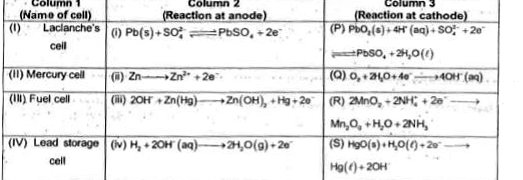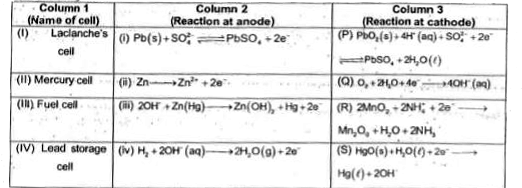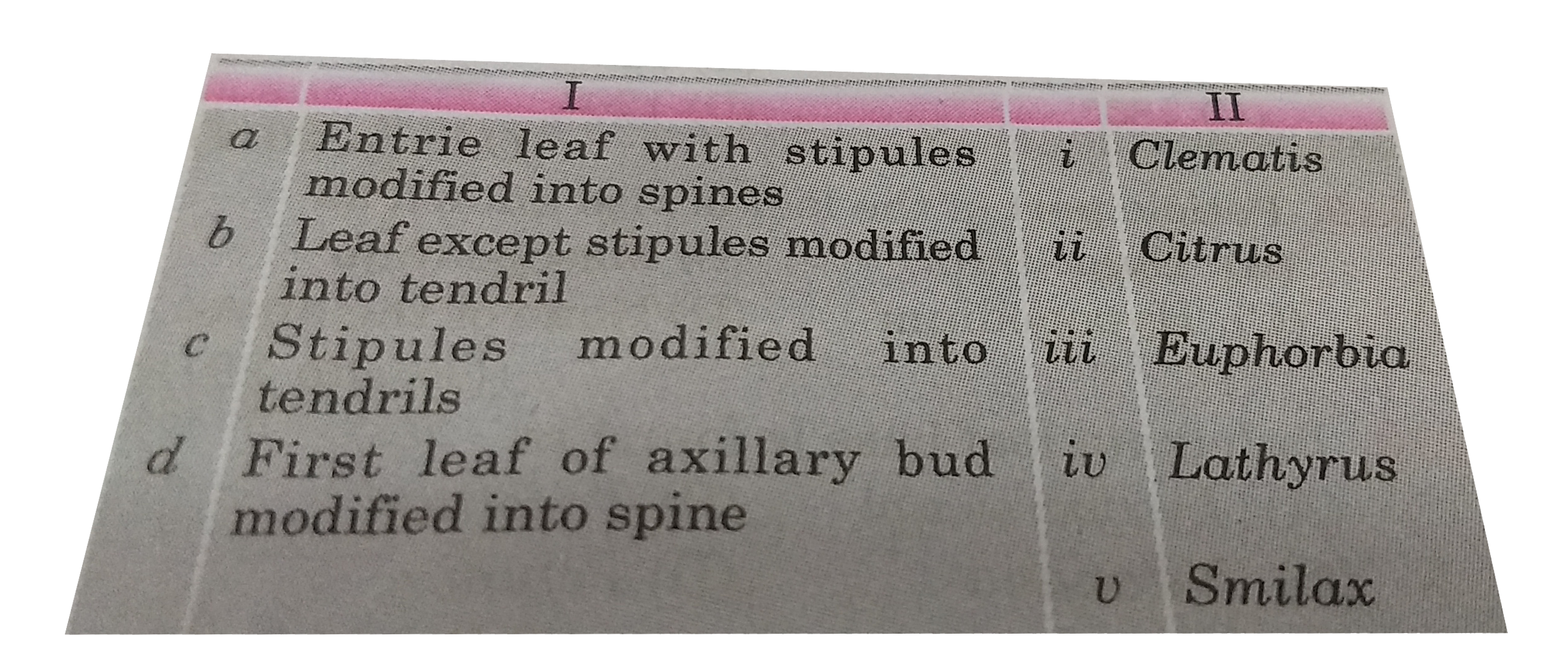Identify the correct combination
Neem - Absence of buds in the axile of leaflets-Pinnately compound leaf
Sunflower - Flowers brought to same height due to varied lengths of pedicels - Involucre of bracts
Carrot - Flowers brought to same height due to varied lengths of pedicels - Involucre of bracts
Pistia - Discoid stem - Lateral branch with many internodes.
The correct Answer is:A and C
To solve the question "Identify the correct combination," we need to analyze each of the provided options based on the characteristics of the plants mentioned. Here’s a step-by-step breakdown:
Step 1: Analyze the First Option - Neem
- Claim: Neem has an absence of buds in the axil of leaflets and pinnately compound leaves.
- Fact Check: Neem actually has compound leaves and buds are present in the axil of leaflets.
- Conclusion: This option is incorrect.
Step 2: Analyze the Second Option - Sunflower
- Claim: Sunflower has flowers brought to the same height due to varied lengths of pedicels and an involucre of bracts.
- Fact Check: Sunflower does have an alternate phyllotaxy and an inferior ovary, but the arrangement of flowers at the same height due to varied lengths of pedicels is characteristic of a corymb, which is not typical for sunflowers.
- Conclusion: This option is incorrect.
Step 3: Analyze the Third Option - Carrot
- Claim: Carrot has flowers brought to the same height due to varied lengths of pedicels and an involucre of bracts.
- Fact Check: The description of flowers brought to the same height due to varied lengths of pedicels is more accurate for coriander, while carrot flowers arise from a single point (umbel inflorescence).
- Conclusion: This option is incorrect.
Step 4: Analyze the Fourth Option - Pistia
- Claim: Pistia has a discoid stem and lateral branches with many internodes.
- Fact Check: Pistia is indeed an aquatic plant with a discoid stem and lateral branches that have short internodes, along with rosettes of leaves and tufted roots.
- Conclusion: This option is correct.
Final Answer
Based on the analysis, the correct combination is Option 4: Pistia.
---
- Claim: Neem has an absence of buds in the axil of leaflets and pinnately compound leaves.
- Fact Check: Neem actually has compound leaves and buds are present in the axil of leaflets.
- Conclusion: This option is incorrect.
- Claim: Sunflower has flowers brought to the same height due to varied lengths of pedicels and an involucre of bracts.
- Fact Check: Sunflower does have an alternate phyllotaxy and an inferior ovary, but the arrangement of flowers at the same height due to varied lengths of pedicels is characteristic of a corymb, which is not typical for sunflowers.
- Conclusion: This option is incorrect.
- Claim: Carrot has flowers brought to the same height due to varied lengths of pedicels and an involucre of bracts.
- Fact Check: The description of flowers brought to the same height due to varied lengths of pedicels is more accurate for coriander, while carrot flowers arise from a single point (umbel inflorescence).
- Conclusion: This option is incorrect.
- Claim: Pistia has a discoid stem and lateral branches with many internodes.
- Fact Check: Pistia is indeed an aquatic plant with a discoid stem and lateral branches that have short internodes, along with rosettes of leaves and tufted roots.
- Conclusion: This option is correct.
Based on the analysis, the correct combination is Option 4: Pistia.
Topper's Solved these Questions
- LEAFBook:DINESH PUBLICATION ENGLISHChapter:LEAFExercise:CYG
Explore 10 Videos
- KINGDOM PROTISTA (UNICELLULAR EUKARYOTES)Book:DINESH PUBLICATION ENGLISHChapter:KINGDOM PROTISTA (UNICELLULAR EUKARYOTES)Exercise:CHECK YOUR GRASP
Explore 19 Videos
- LOCOMOTION AND MOVEMENTBook:DINESH PUBLICATION ENGLISHChapter:LOCOMOTION AND MOVEMENTExercise:CHECK YOUR GRASP
Explore 10 Videos
Similar Questions
STATEMENT-1: Potential energy has a minimum at the position of stable equilibrium.
STATEMENT-2: Mechanical energy of a system is always positive
STATEMENT 3-: Work done by the friction may be positive
identify the correct combination of true (T) and false (F) of the given three statements
View SolutionIdentify the incorrect combination.

View SolutionIdentify the incorrect combination
View SolutionIdentify the incorrect combination from the following
View Solution
The correct combination is
View Solution
The correct combination is
View SolutionFind the correct combination

View SolutionThe correct combination is :
View SolutionFind the correct combination.
View SolutionIdentify the correct pair combinations
(i) Chara - Monosporous - Chlorophyll a, b
(ii) Salvinia - Homosporous - Free floating hydrophytes
(iii) Ectocarpus- Filamentous form - Chlorophyll a, d
Laminaria - Biflagellate gametes - Haplodiplontic lifecycle
View Solution
